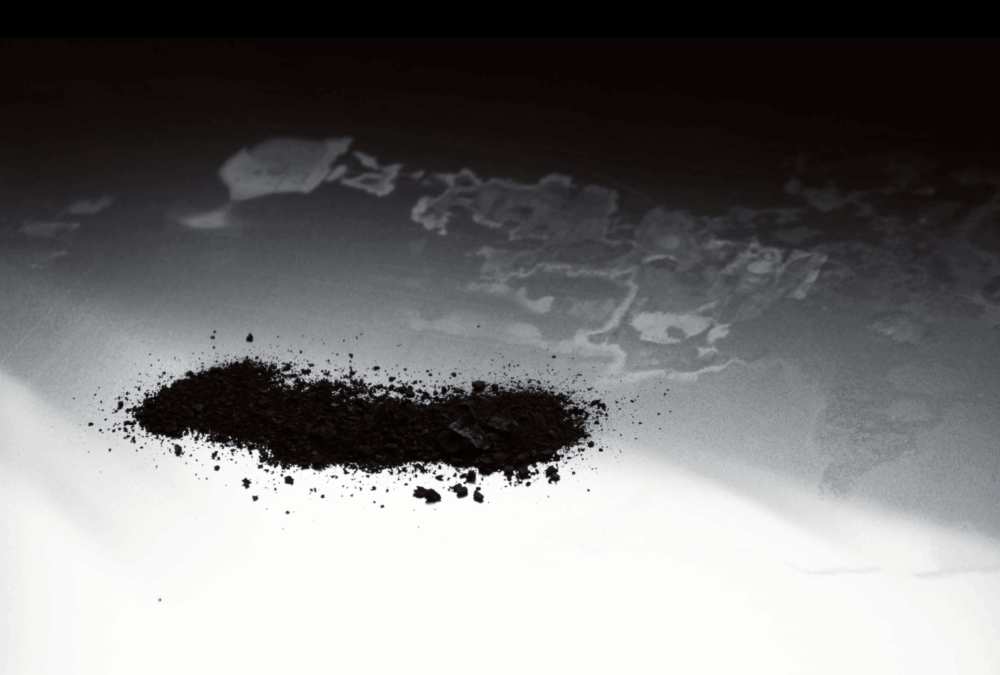
Opening on the West Wall Gallery: 17. October, 5pm
In the past two months I have been swimming in Seyðisðisfjörður, Iceland, and think about sensations. As I hike up to the mountains, the lines of the rivers, water falls, lakes all twirl together into land and ocean. Traces of human sense and hints of nature’s twist all started to came to gather on paper. Here rust fragments of a defunct fish factory were used to make these echoes of imagination, figures of a swimmer’s stroke.
Lin Ni (Last, First; b. 1994; TW/FI; they/her) is an emerging, neurodivergent, LGBTQ+ , BIPOC and non-binary identified, diasporic Taiwanese, immigrant, multidisciplinary trans-woman artist, filmmaker, and doctoral researcher at the Faculty of Art and Design, University of Lapland, Finland. She holds an MA in Sustainable Art and Design from the University of Lapland, Finland, and a BA in Architecture from the Architectural Association School of Architecture in London. She approaches her subject through physical and fictional insertions into liquid bodies such as Bme, space and water. Her research project Radical Re-Decolonizing Deep Participatory Wet Action Research is exploring the decolonization of nature through the entangled case of Seyðisfjörður’s subsea oil leak. It investigates how the Icelandic fjord waters remain haunted by colonial histories between the First and Second World Wars—particularly through oil extraction by companies such as Eagle Oil and Shipping. Ironically, the oil leak has also protected the fjord from salmon farm development proposals. Through breathing and awareness exercises supported by underwater fieldwork conducted at the site, participants collectively dive into the realities of re-inhabitation. She began this project in autumn 2025 during the artist residency at Skaftfell Art Center in Seyðisfjörður, Iceland. The work fosters dialogue through participatory performance, engaging global and regional awareness of sustainable transitions in relation to anthropocentric impacts underwater. During the residency, she studied the oil barrier structures installed at the spill site and the environmental impact of the incident through underwater fieldwork. She also investigated the underwater infrastructure of internet cables that connect global telecommunication networks, examining their political, environmental, and security implications. Through fieldwork, she gained a deeper understanding of the systems that enable near-instant global communication and began to question what happens when these deep-sea cables are cut—either intentionally or accidentally by deep-sea trawling. Two subsea cables, Far North Fiber (FNF) and Polar Connect, are expected to enter service across the Arctic region toward East Asia by 2027 and 2030, as reported by Nordic national research and education networks (NRENs), NORDUnet, and their partners (NORDUnet, 2024). Amidst these multidimensional urgencies, this development presents a unique co-research opportunity. She has confirmed ongoing partnerships with LungA Radio School in Iceland, ASAD (The Arctic Sustainable Arts and Design Network), and UArctic (The University of the Arctic Network) to explore how socially engaged art and science collaborations can foster international dialogue and raise ecological awareness across neighboring regions through her research productions.